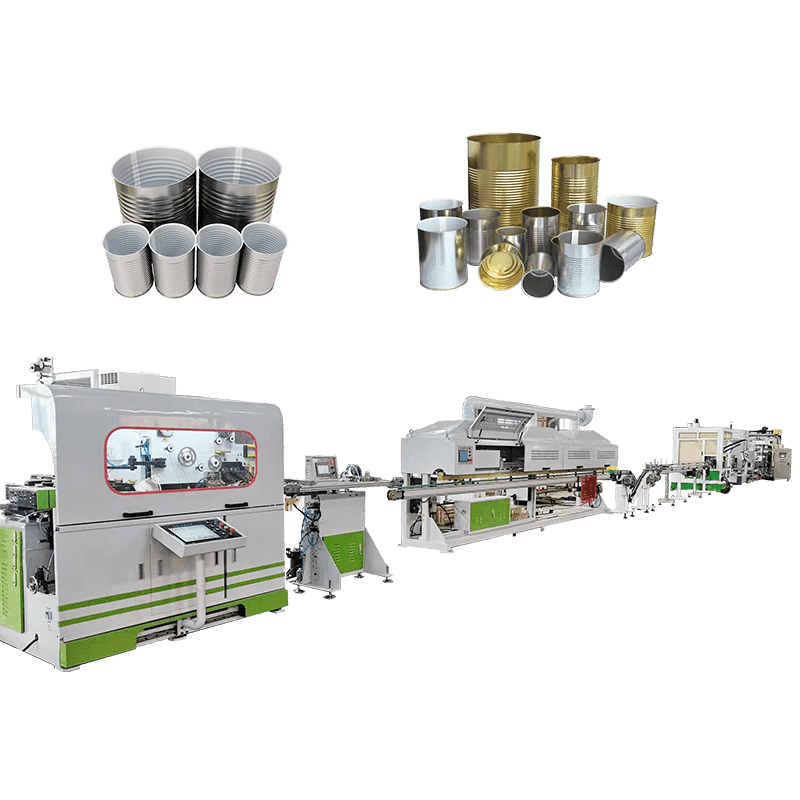In the metal processing industry, hydraulic technology provides reliable support for various complex processes due to its powerful force and precise control capabilities. Among them, Hydraulic Flanging Machine & Hydraulic Beading Machine are outstanding applications of hydraulic technology. Its unique working principle plays an important role in the forming and processing of metal sheets. The specific working principles of these two machines will be introduced in detail below.
Hydraulic Flanging is mainly used to fold the edge of metal sheets into flanges of a certain angle or shape. Its working principle is based on the hydraulic transmission system, which transmits power through high-pressure liquid (usually hydraulic oil) to drive the actuator to complete the flanging operation. When working, first place the metal sheet to be processed on the workbench of the machine and fix the position. Then, start the hydraulic system, and the hydraulic pump pressurizes the hydraulic oil and sends it into the hydraulic cylinder. The piston in the hydraulic cylinder moves outward under the action of oil pressure, pushing the mold or pressure head connected to it to approach the metal sheet. When the mold or pressure head contacts the edge of the sheet, the continued pressure will cause the edge of the sheet to plastically deform and gradually fold into the desired shape. The hydraulic flanging machine can precisely adjust the parameters such as flanging angle, width and shape by precisely controlling the pressure and flow of the hydraulic system to meet different processing requirements.
The Beading Machine is mainly used to press various shapes of edges or grooves on metal sheets to enhance the structural strength or aesthetics of the sheets. Its working principle is similar to that of the hydraulic flanging machine and is also based on a hydraulic transmission system. In the hydraulic edge pressing machine, the design of the mold is more complex and diverse to meet the needs of edge pressing of different shapes and depths. When working, the metal sheet is placed between the molds and fixed by a clamp. Subsequently, the hydraulic system is started, and the high-pressure hydraulic oil drives the pressure head to move downward to apply pressure to the sheet. Under the action of pressure, the sheet undergoes plastic deformation and is pressed into the required edge or groove according to the shape of the mold. The hydraulic edge pressing machine can achieve precise control of the edge pressing effect by adjusting the shape, size and position of the mold, as well as the pressure and speed of the hydraulic system. At the same time, because it adopts a hydraulic transmission method, it has the advantages of strong power, good stability and easy operation, so it has been widely used in the field of metal processing.
As important equipment in the metal processing industry, hydraulic flanging machines and hydraulic edge pressing machines achieve precise forming of metal sheets through their unique hydraulic transmission system and working principle. They improve production efficiency and processing quality, and also promote the continuous progress and development of metal processing technology.

 English
English عربى
عربى русский
русский




